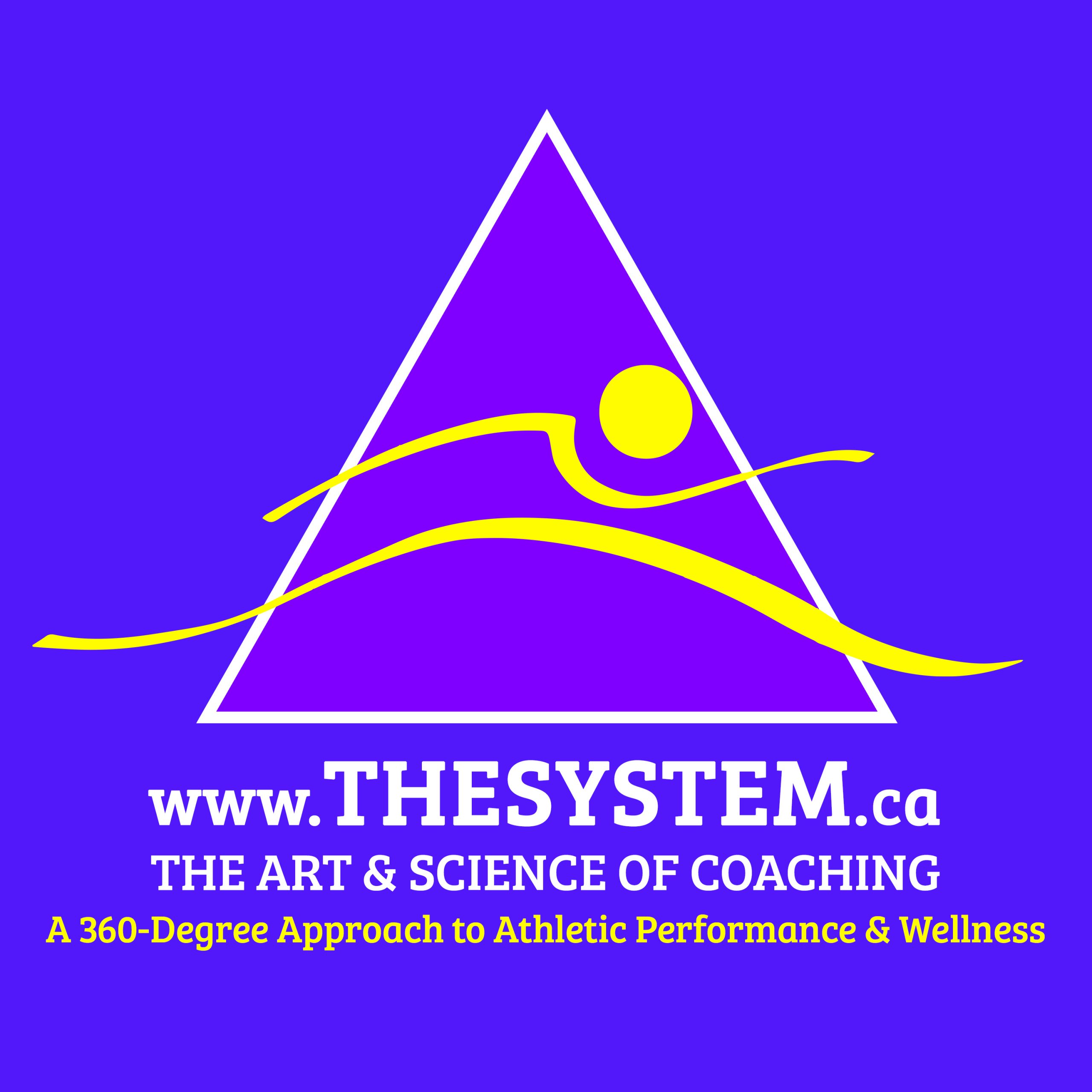Imagine if you will, a cup of water, and each exercise / training method a different type of vessel that can contain water. If an athlete performs some low intensity training, they only remove a teaspoon full of water. However, if the athlete decides to entertain some speed work, they might remove about 1/3 of a cup of water. Olympic weightlifting might just remove only a 1/4 cup of water. You should be able to envision a much clearer picture now. With each addition of a particular type of activity, the cup is emptied to the extent of the nature of the activity performed. But let’s say that we employ some regenerative techniques after we perform these activities. This would be a akin to adding water back into the cup. If we only employ a little bit of recovery work (i.e. stretching), the cup does become filled again, but only to be diminished once more when we perform some more speed work. But, if we were to bring in to play some additional recovery techniques (i.e. massage, flexibility, contrast baths), the cup will become filled again, despite beginning emptied by more training.
“Train less. Regenerate more”
This concept is a rather contentious issue when you begin to apply it to speed-power sports, such as sprinting. There is only so much CNS energy available, so the competition for this energy is quite fierce. The body need some of this CNS energy, just to maintain it’s life sustaining functions (i.e. circulation, respiration, digestion etc….). If the body begins to lose some of this CNS energy, the Nervous System begins to switch over to protect itself from further insult. Therefore, as a consequence, the athlete begins to see a decline in his/her performance as well as possible adulteration in bodily physiology (i.e. increased frequency of colds, digestive issues, sleep disturbances etc…).
Exercise must be classified as either a High, Moderate or a Low CNS Involvement Exercise. For example, Sprinting would be considered at or close to 100% of CNS involvement, whereas a bench press might only illicit about 70% of CNS involvement. Having awareness of this, the coach / athlete must now employ the appropriate recovery methods to off-set this CNS depletion, otherwise, fatigue will begin to set in and performance will soon decline. Sometimes it is not the one-time work out that “drains the cup of water,” but rather the cumulative nature of training that begins to deplete the cup.
Well executed massage, nutrition plan and contrast baths / saunas, along with good quality REM sleep, are the big re-fillers of the cup. Without these elements, the athlete will very shortly find him/herself in a state of fatigue or worse….overtraining.



